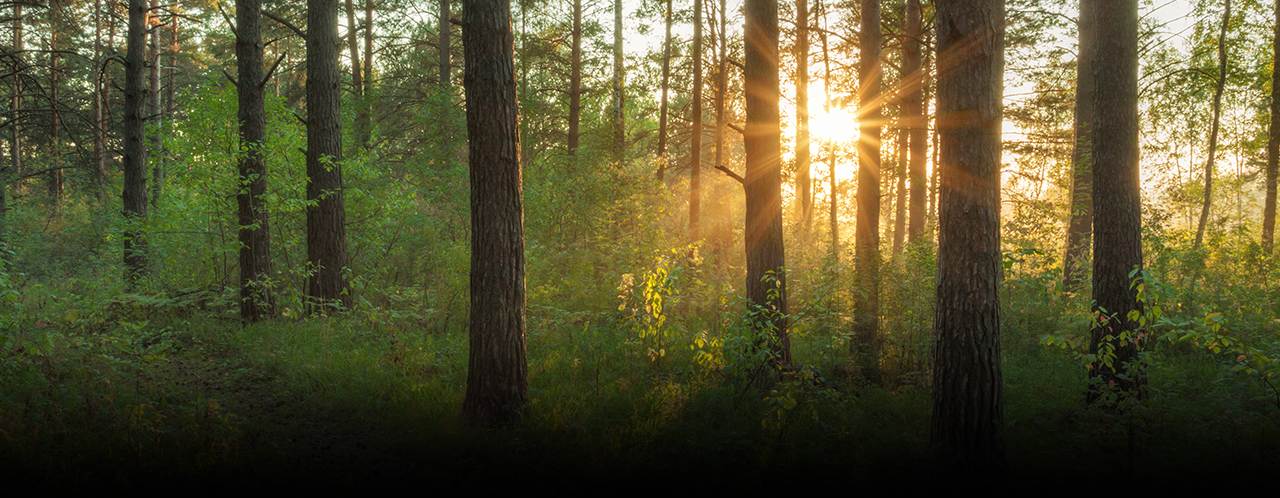UK Timber & Forestry Values Rising!
Monday 20th May 2019.
UK FORESTRY plc is in rude health, with hungry sawmills and processors keen for product – with the result that softwood timber prices are rising, nearly 30% in 2017 and just under 50% over 2018, according to the Savills 'Spotlight on UK forestry'.

Head of forestry investment, James Adamson, commented: “When asked why, the easy answer is to say that it is due to the weak value of Sterling, but in reality that was largely priced in over 2017. The actual answer lies in the fact that both global and UK timber supply should be considered relatively finite as replenishing global timber resources is unlikely to be able to keep pace with felling.
"This combined with mounting pressure to limit climate change will provide strong friction to expanding the global timber harvest further into the natural forest resource, reckoned Mr Adamson. "Finding a balance between not over exploiting our domestic timber resource with the ability to upscale domestic production is also limited, meaning from a supply standpoint, timber deliveries are relatively unresponsive to increasing demand, and therefore open to demand led price inflation.
"Hardwood values are also increasing, but not at the same pace, perhaps rising 25-30% over two years," he said. "It is becoming clear that it is harder to avoid making decisions on managing woodland on the grounds of poor timber returns and we believe that woodland along with other natural assets on estates and farms should be an income opportunity worth exploring.
"But the buoyancy of forestry is not just in timber prices – the capital market for forestry and woodland is also doing very well with a further rise in average values recorded in 2018, continuing a trend that began in the early 2000s. During 2018 the UK investment forestry market traded £118 million of property, with average values up around 10.5% compared to 2017. The average hectare of softwood is now worth just over £8000; a pound invested 20 years ago is now worth a respectable £5.05," he reported.
"There is also renewed optimism over tree planting, with greater focus on the potential climate change benefits rather than simple land-use change or investment. According to the Climate Change Committee, to meet Greenhouse Gas capture targets up to 1.5 million hectares of new woodland would be needed to store carbon by 2050, an increase of nearly 50% over existing woodland cover."
Demand for forested land in the UK continues at unprecedented levels – but the market remains constrained by lack of supply.
According to Savills' analysis of the forestry market, neither that demand nor the limited supply meeting it is likely to change over the medium term.
As a result, capital values have risen at impressive rates. However, for some time now a few voices in the industry have been expressing concern over the sustainability of these price rises and indeed, whether an asset bubble is forming.
"An asset bubble can be described as a run-up in prices fuelled by demand, speculation and exuberance," explained Savills. "So is this the case with the current market? We believe this is unlikely. While the market is definitely being stimulated by a clear supply-demand imbalance and there is a degree of speculative pricing going on, the nature of forest growth underpins the asset in two ways.
"First, biological growth is immune from property market cycles, so it provides investment stability. Second, the productive potential of timber properties will improve as timber prices rise, effectively underwriting rising capital values, and we do not think the top of the cycle has been reached yet. In other words, good timber properties can support these values providing timber sells at current (or higher) levels. It’s also worth noting that forest investors have low levels of gearing and are generally long term in nature, meaning they are able to ride out short term market fluctuations.
"We would, however, caution the sentiment that high forest returns are normal. Investment performance has been spectacular, but relies heavily on capital movement not income yield. This means a sale is required to crystallise the performance, which many investors are not wanting to do. While we consider that forest values have scope to rise further, owners must realise that if they want to remain invested, then income yields should become the accepted measure of performance, and these will normally be much lower than on a total return basis, which prices in the asset capital."

